Arizona Garden in March
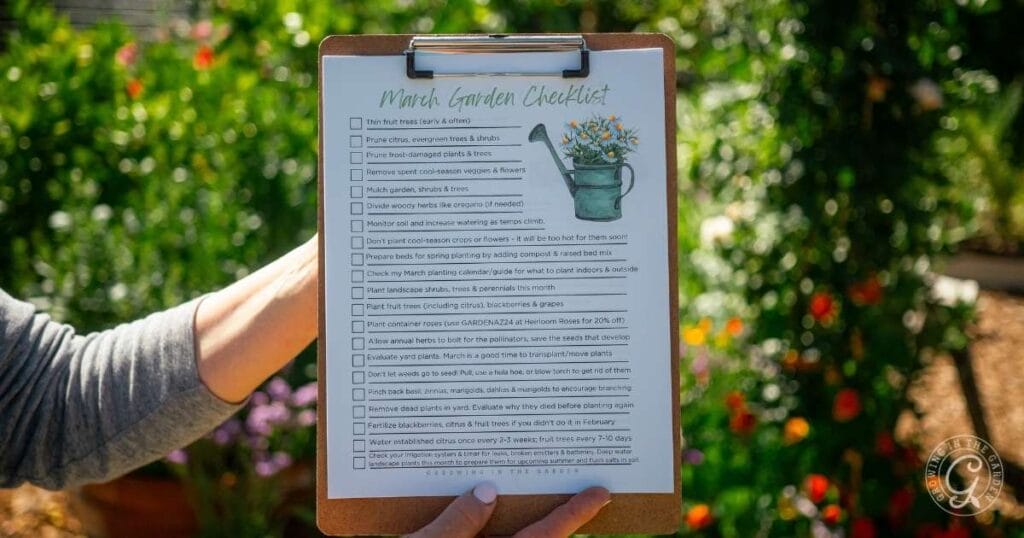
There are important garden tasks to do in March, such as pruning frost-damaged plants and thinning fruit trees (see a list of garden tasks for March below). Harvests from fall plantings are ending as planting continues for the spring and summer gardens.
March in the low desert Arizona garden is one of the most beautiful times of the year. Take time to enjoy your garden this month. Many gardens offer garden tours during the month of March. Enjoy the beautiful weather at the tour and take note of plants, flowers, trees, and vegetables you see growing and would like to add to your landscape.
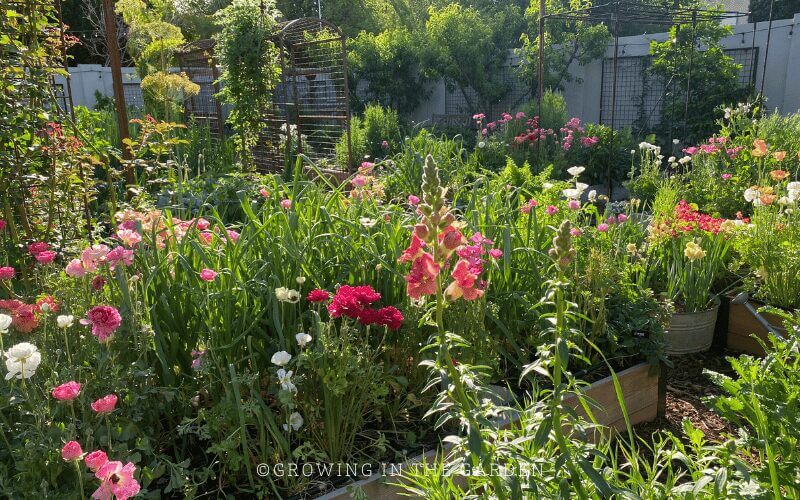
“Spring makes its own statement, so loud and clear that the gardener seems to be only one of his instruments, not the composer.”
Geoffrey Charlesworth
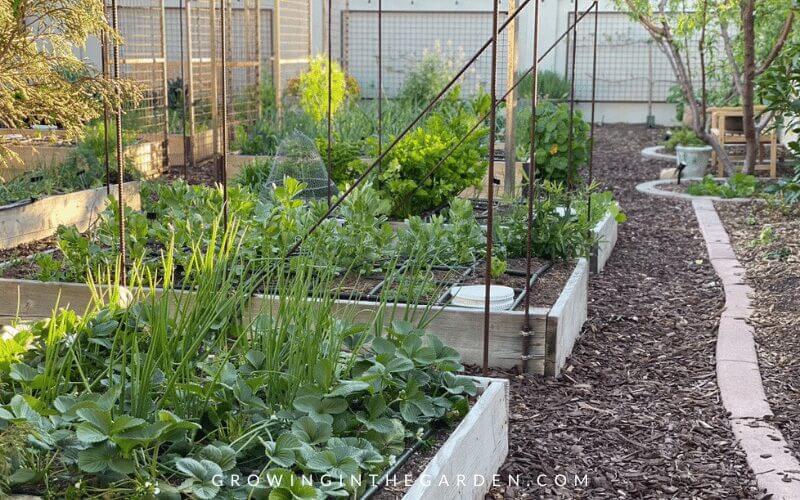
Keep reading for garden inspiration, a March garden checklist, and a list of vegetables, herbs, and flowers to plant in your low desert Arizona garden in March.
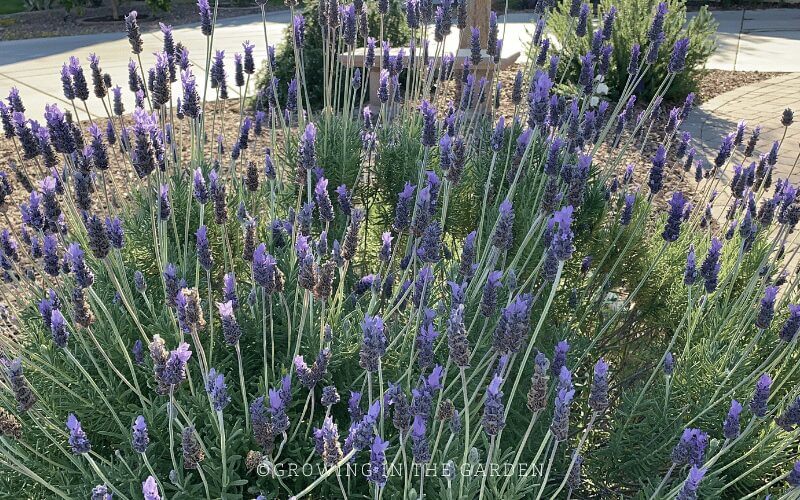
Low desert includes elevations below 3500 ft in the Southwest, such as the Phoenix and Tucson metro areas.
Vegetables growing in the low desert Arizona garden in March
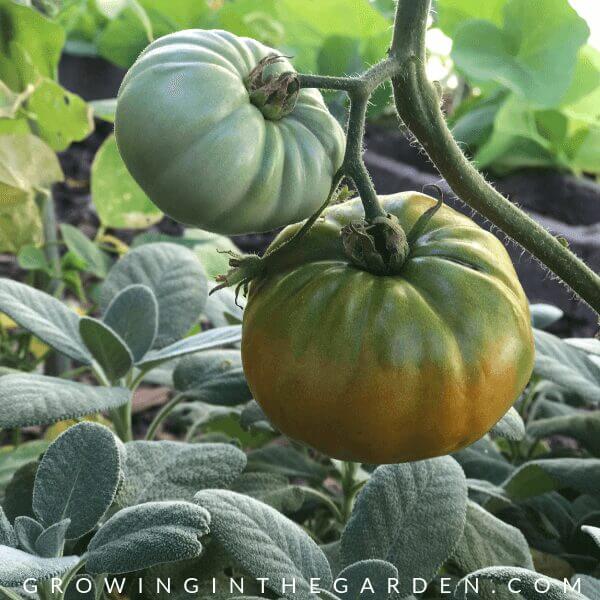
Because of the heat of Arizona summers, we have a short growing season. Look for tomatoes with a short (60-90) days to maturity. These are often types with small to medium fruit or Roma or paste varieties. Varieties highly recommended for Arizona include Punta Banda, Celebrity, Pearson, and Cherokee Purple.
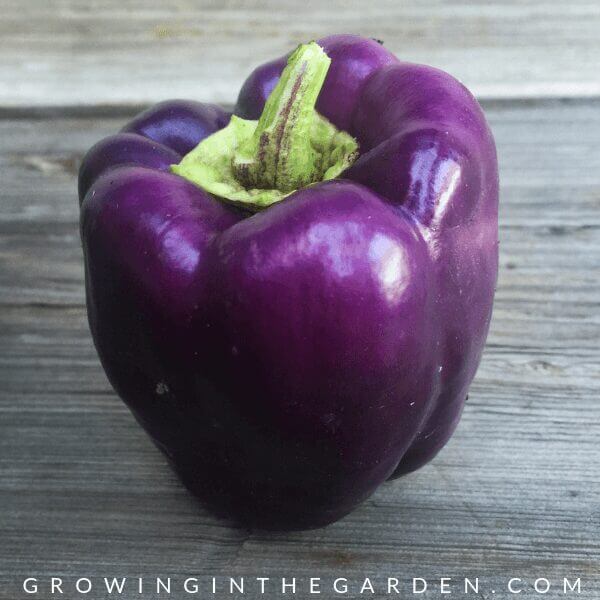
Pepper plants require a long, warm growing season. In the low desert of Arizona, start seeds indoors in late December or early January. Begin hardening off transplants about 10 days before planting in late February and early March. Once seedlings have at least 8 leaves, pinch the top back to encourage strong bushy plants.
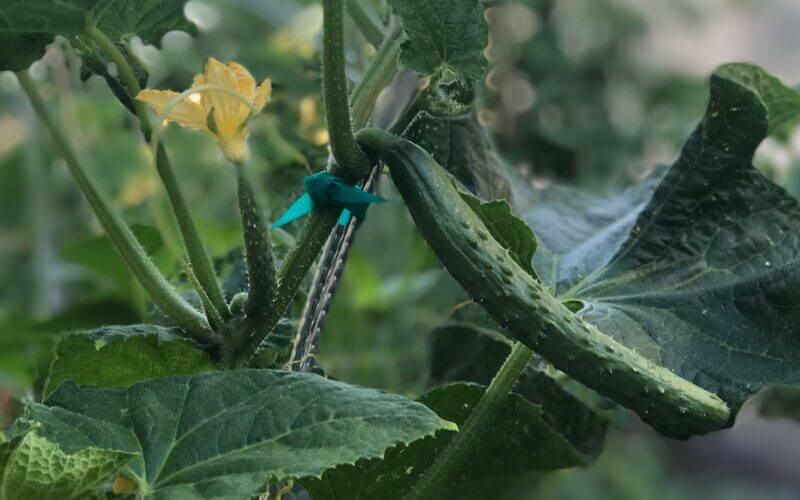
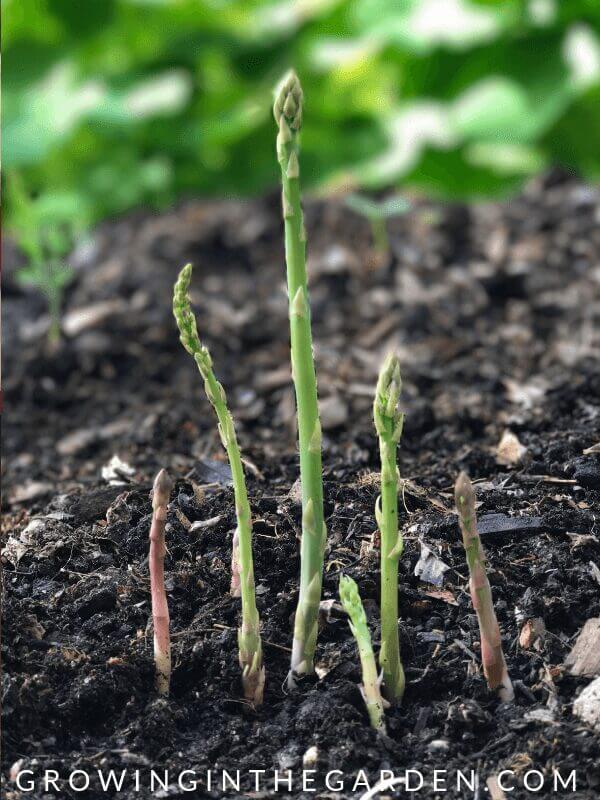
Asparagus harvests begin in late February and continue throughout the month of March. Harvest stalks that are at least ¼ inch in diameter. Let smaller stalks grow through the summer to give energy to the roots.
If you aren’t growing asparagus, consider dedicating a 4 foot by 4 foot raised bed for growing it. Plant asparagus November through February in the low desert of Arizona.
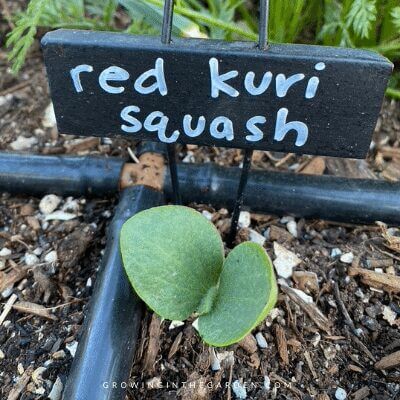
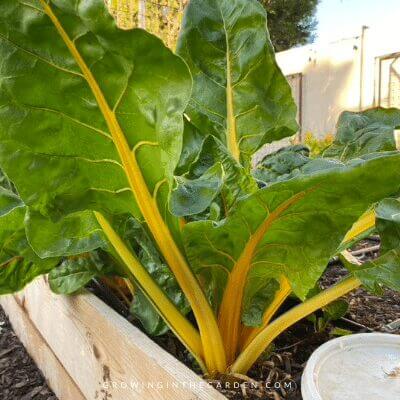
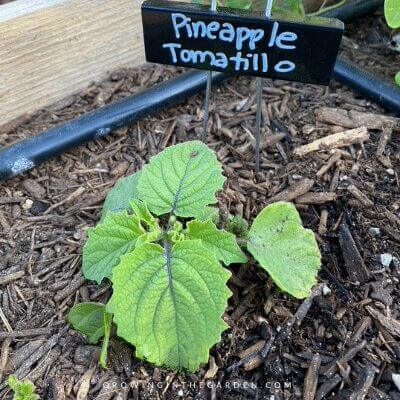
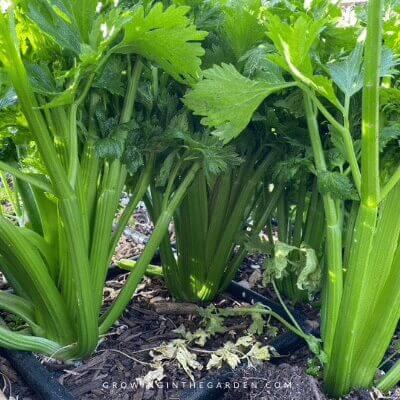
Tips for growing flowers in the low desert Arizona garden in March
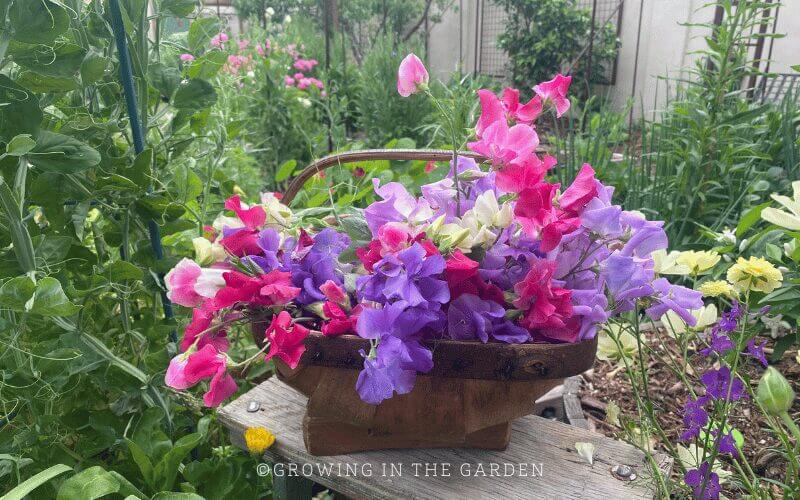

In Arizona, plant sunflowers from February through July, so you can enjoy the blooms nearly year-round. Pops of yellow flowers brighten up a summer yard. Learning how to grow sunflowers is an easy way to add color and variety to a summer garden and yard.

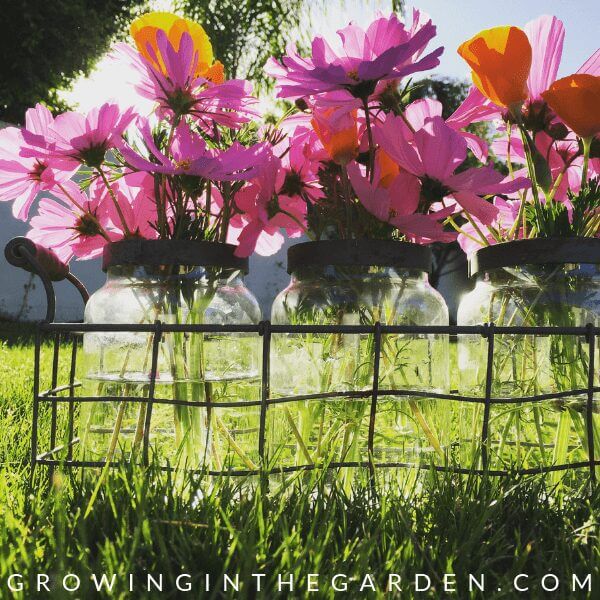
Wildflowers planted back in the fall put on a show for much of February and March. Plant wildflower seeds of cosmos, poppies, lupine, blue flax and more in the fall.
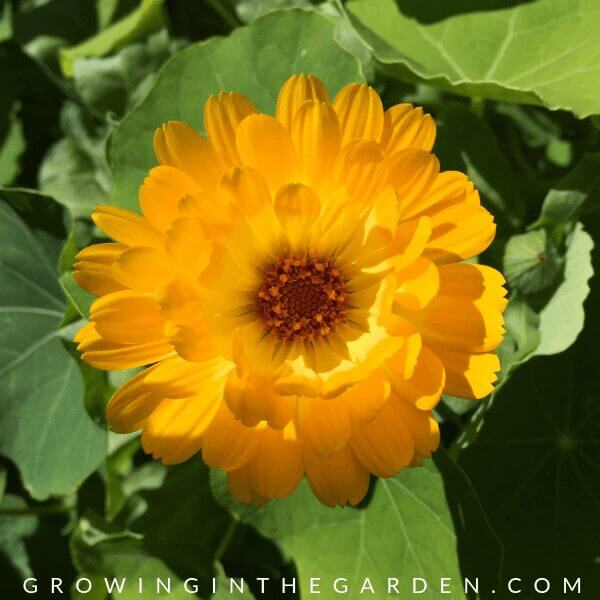
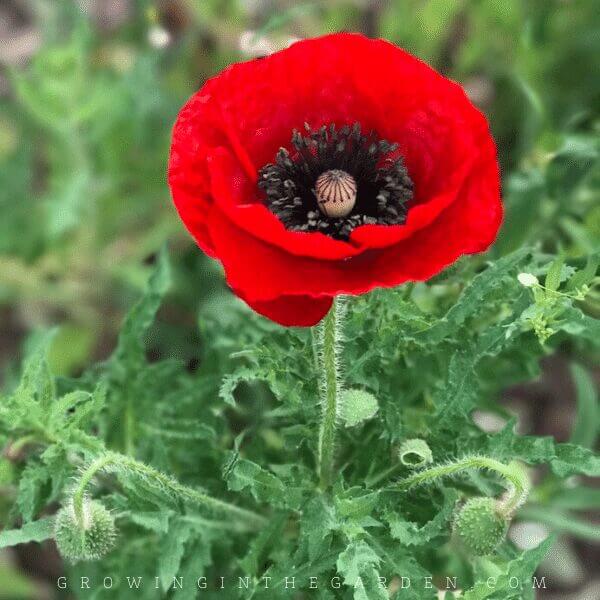
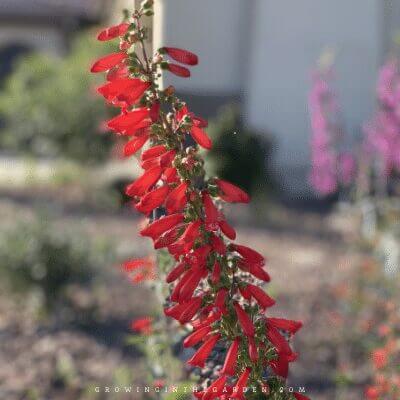

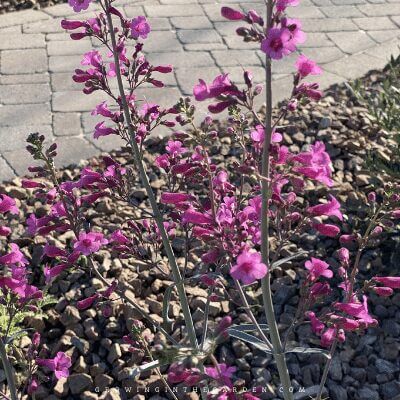
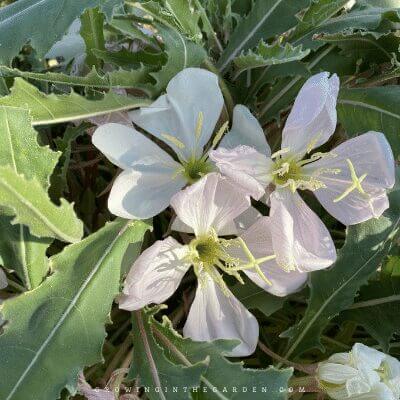
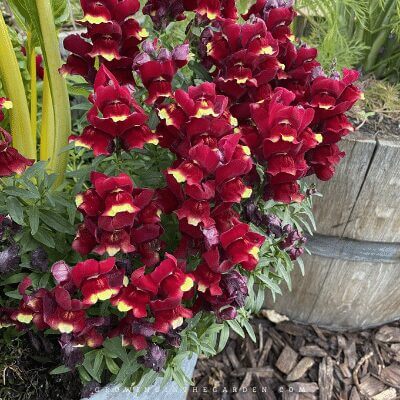
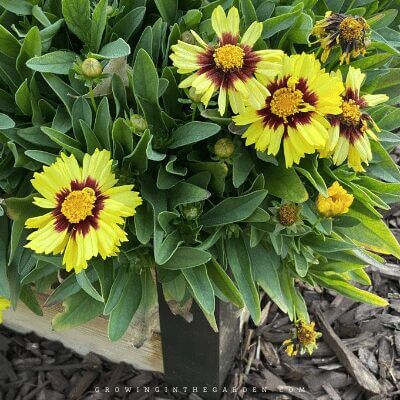
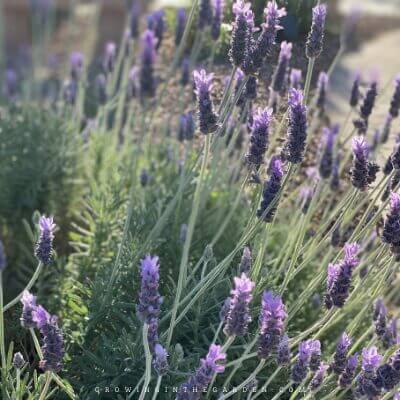
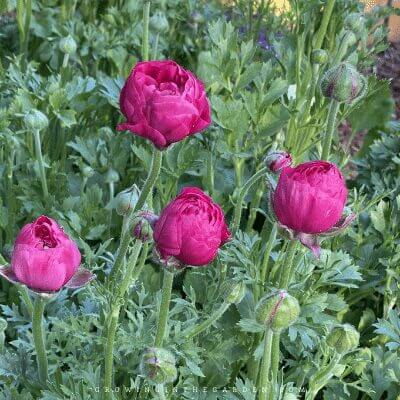

The Perpetual Annual Flower Planting Calendar, available in my shop, helps you learn when to plant flowers in the low desert of Arizona and whether to plant seeds or transplants.
Fruit trees in the low desert Arizona garden in March

Plant fruit trees this month. Look for trees with low chill hours (less than 400), mature early, and self-pollinate. This fruit planting guide has a list of fruit trees that do well in the low desert of Arizona.

As blossoms become fruit on your fruit trees, fruit should be thinned before it is an inch in diameter. Thin fruit within about a month after full bloom. Fruit thinned later than this lessens the chance that fruit size will increase. For more information, read this article.

March is the perfect time to plant citrus in Arizona. Choose the correct variety for the location and your tastebuds.

Questions about growing citrus? This article answers 10 questions about how to grow citrus and includes guidelines for selecting, planting, watering, and fertilizing citrus.
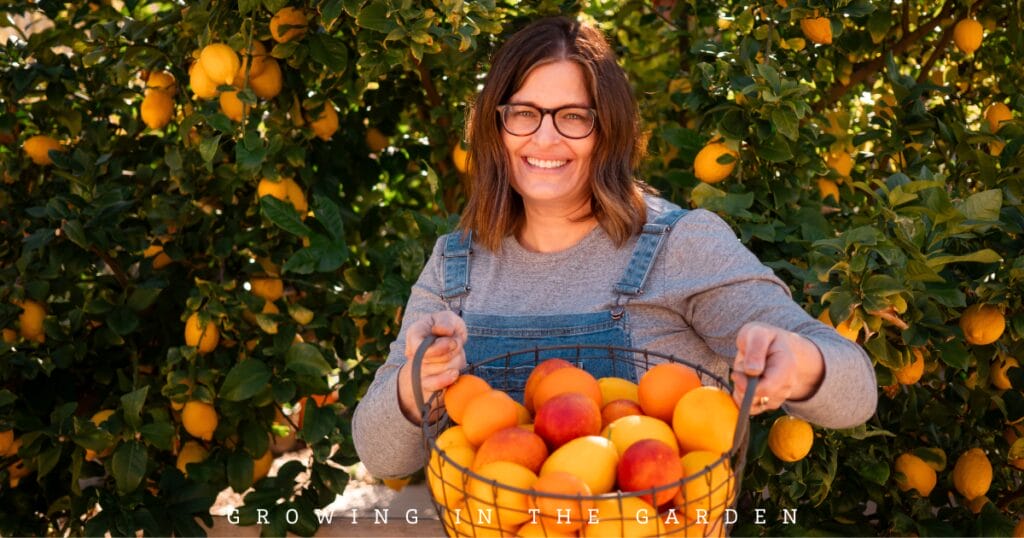
Herbs in the low desert Arizona garden in March
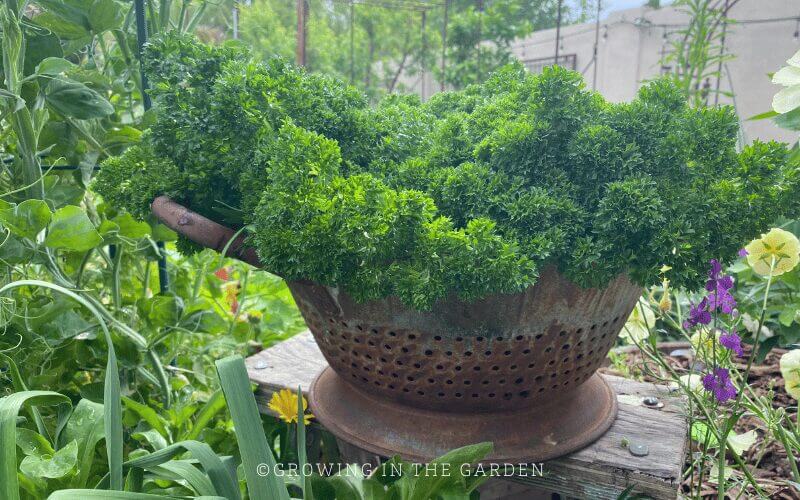

Harvest chamomile when the petals are flat or beginning to fall back from bud. Harvest flowers on a sunny day after dew has dried. Flowers can be air-dried or dried in a dehydrator – they are dry when the flower crumbles easily. Use 1 teaspoon of dried petals in a diffuser per cup of water for tea. If using fresh flowers for tea, double amounts – drying flowers concentrates the flavor and oils. Read this article for more information about how to grow chamomile.

Consider planting borage next to each tomato plant. The bees and your tomatoes will thank you. Read this article for more information about how to grow borage.
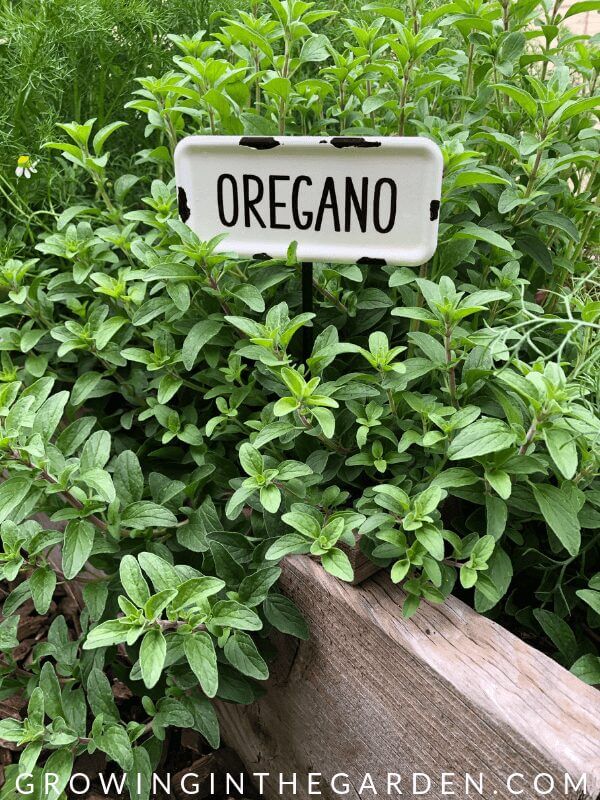
March is a good time to divide woody herbs such as oregano. Read this article for more information about how to grow oregano.

Read this article for more information about how to grow dill.
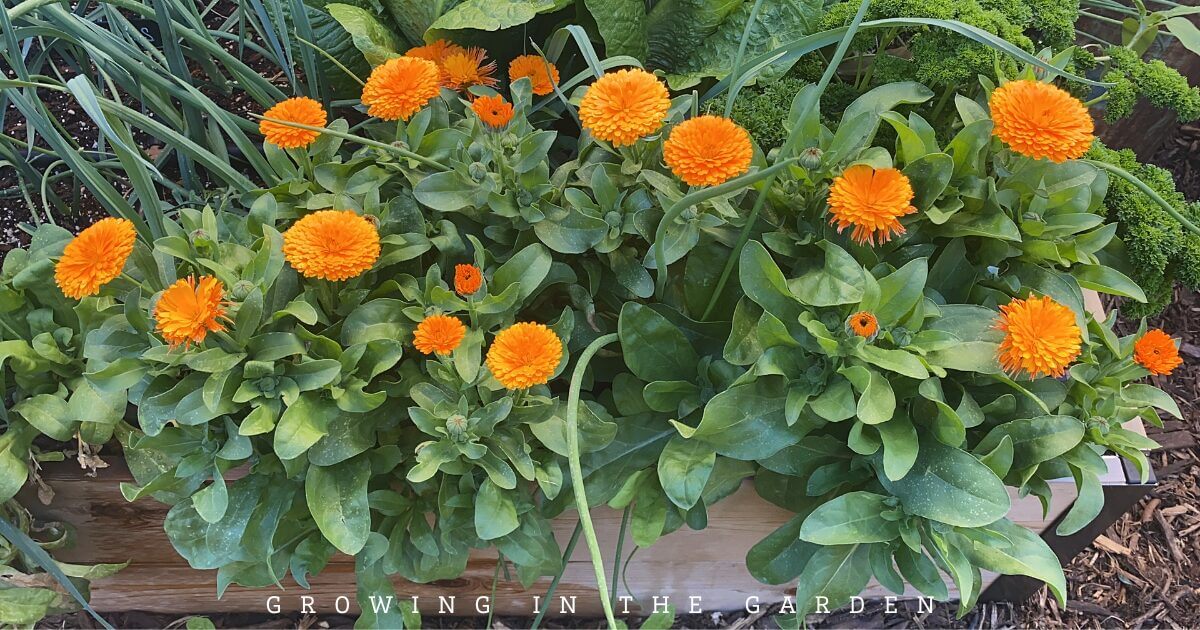
Read this article for more information about how to grow calendula.
Low Desert March To-Do List

Planting:
- March is a great time to plant citrus trees and the best month to plant watermelon.
- Plant fruit trees early in the month so they have time to settle in before the summer heat. Look for varieties that require less than 400 chill hours, have early maturing fruit, and are self-pollinating.
- Plant roses this month on the north or east sides of the yard that receive afternoon shade in the summer. I get my roses from Heirloom Roses. Use Code GARDENAZ20 for 20% off any rose order through December 31, 2025.
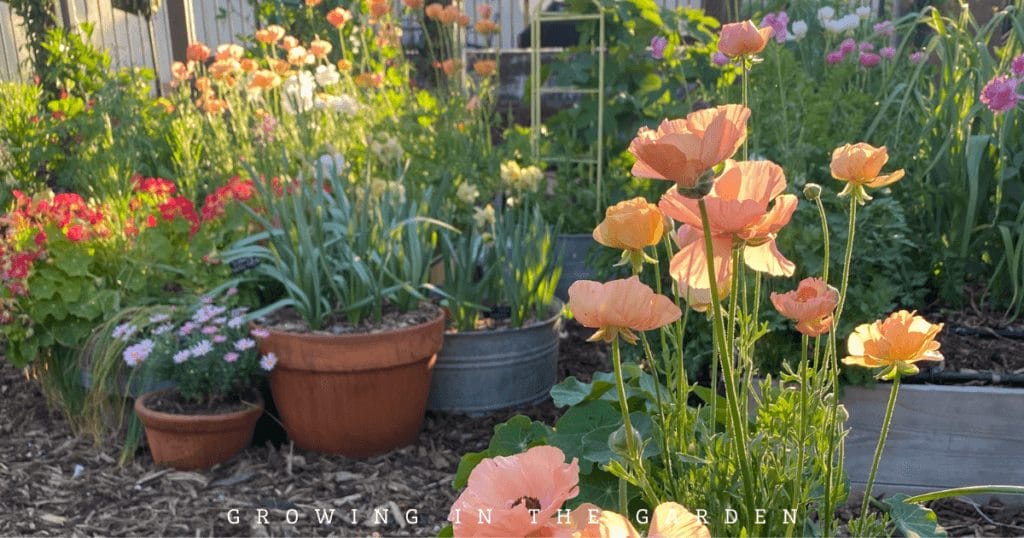
- Plant cold-tolerant trees, bushes, perennials, and frost-sensitive plants such as lantana and hibiscus. Plant summer flowering shrubs. Do not over-plant; be aware of the plant’s mature size and space accordingly.
- Although the weather is still cool, think twice before planting cool-season annuals this month. It will be heating up soon, and their time in the ground will be short. Better to plant warm-season annuals when they are available.
- Plant blackberries and grapes this month.
- Plant ginger and turmeric rhizomes this month.
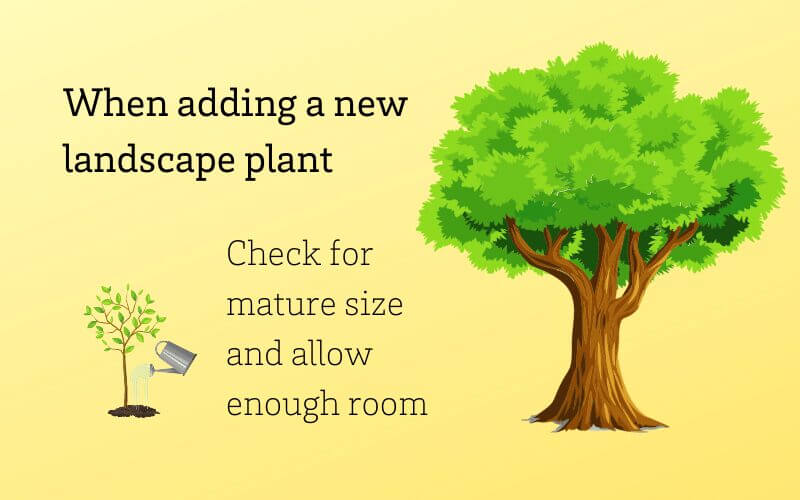
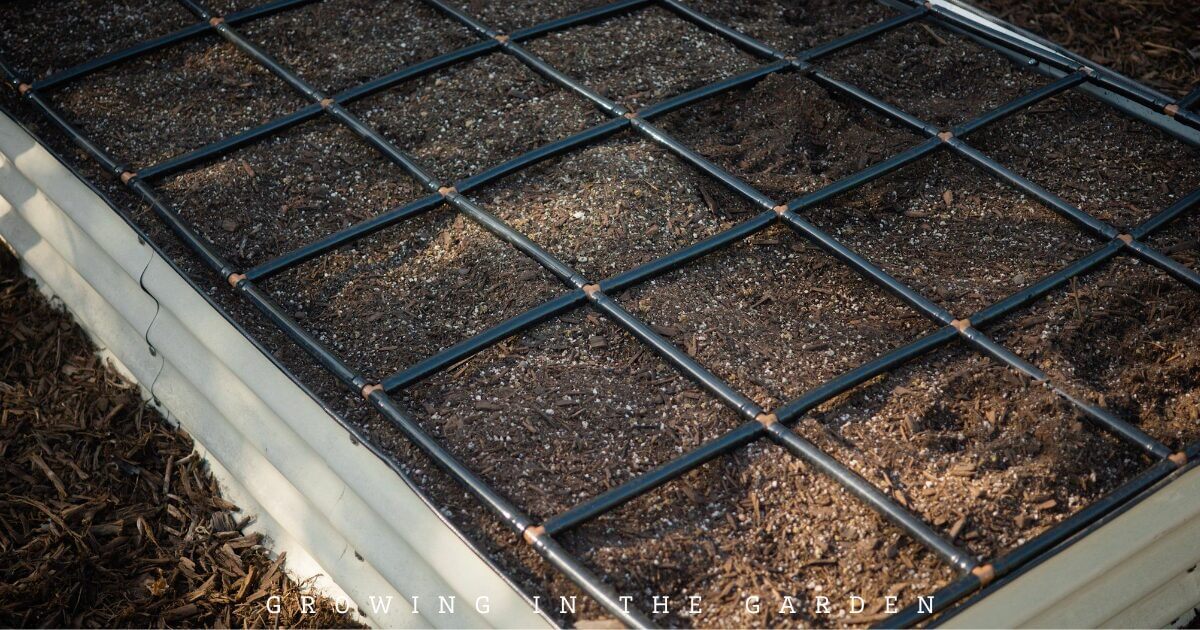
Watering:
- Check the irrigation system and timer. Run the system, inspect all drips and sprinklers for leaks, and ensure proper watering.
- Deep water landscape plants this month to prepare them for the upcoming summer and flush salts in the soil.
- As temperatures heat up, annual plants will need more frequent watering. Water to a depth of about 6 inches, and allow the top of the soil to dry out before watering again.
- Check containers with a moisture meter or ensure the top inch or so of soil has dried out before watering.
- Water established citrus trees once every 2-3 weeks.
- Water established fruit trees once every 7-10 days.
- Wateruseitwisely.com is a helpful resource for landscape watering guidelines.
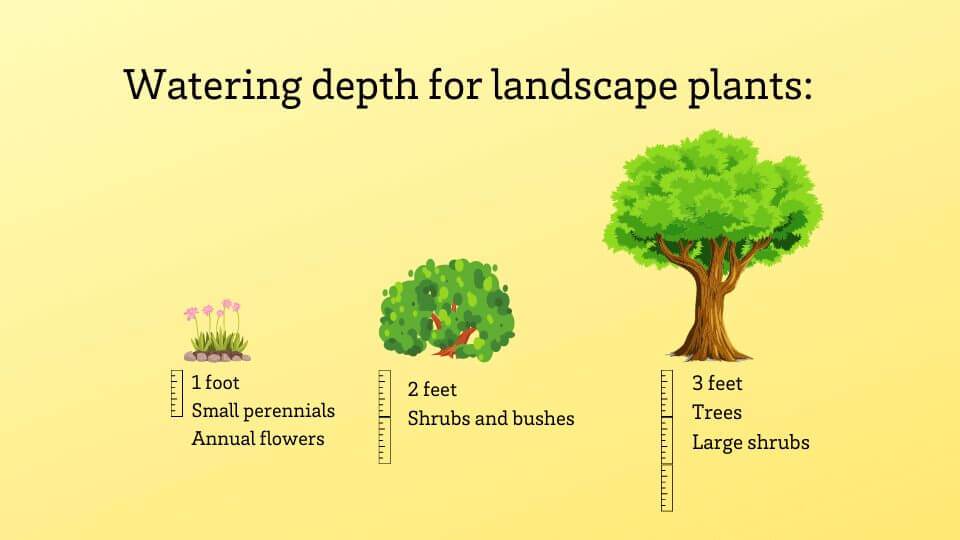
Pruning:

- Pinch back basil plants when they have several sets of true leaves to encourage bushy plants rather than spindly ones.
- Prune frost damage from frost-tender plants such as hibiscus and lantana this month.
- If you haven’t already, prune established roses and deciduous fruit trees. Clean up all fallen leaves and debris to discourage disease and insects.
- Prune dead branches out of cold-hardy trees and shrubs.
- If you didn’t do it in February, prune grape vines before they begin to leaf out.
- March is the perfect month to prune evergreen trees and shrubs.
- Clean up and remove dead or damaged wood and crossing branches on citrus.
- Do not prune newly-planted trees or shrubs.
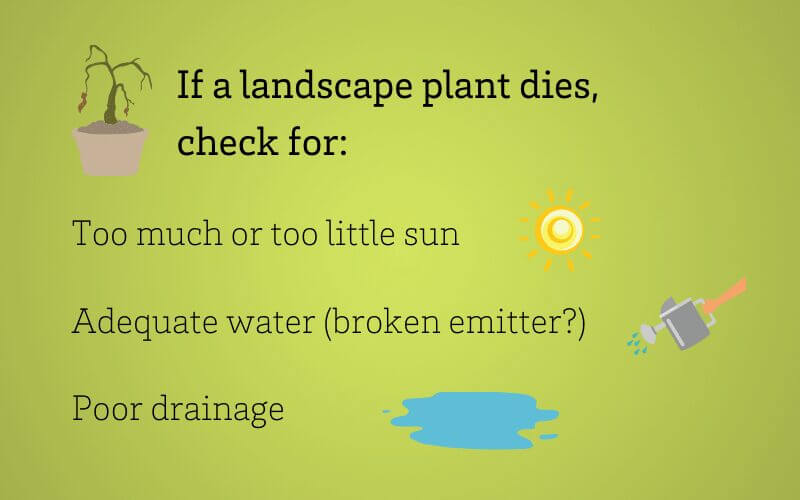
Fertilizing:
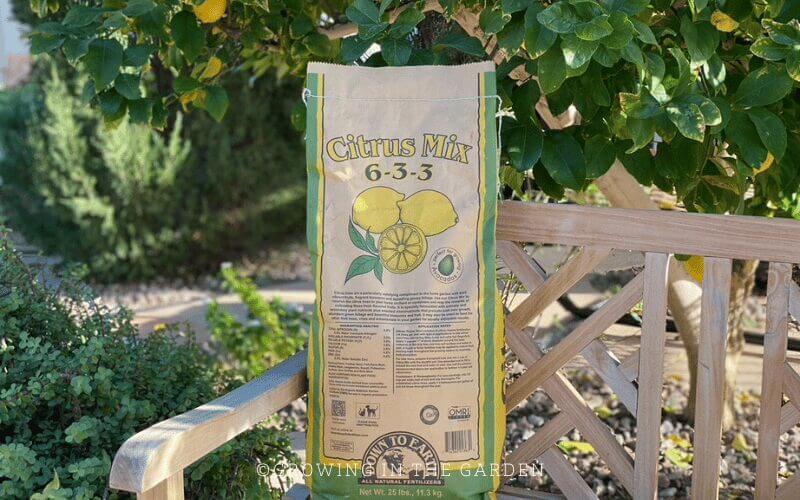
- Fertilize deciduous fruit trees and citrus if you didn’t do it in February.
- Fertilize cool-season annuals to encourage blooms through spring.
- Prepare soil for planting by adding compost.
- Do not fertilize newly planted trees or shrubs.
- Fertilize trees and shrubs in your yard as needed. Native trees and shrubs do not require extra fertilization.
- Fertilize blackberries with a balanced fertilizer.
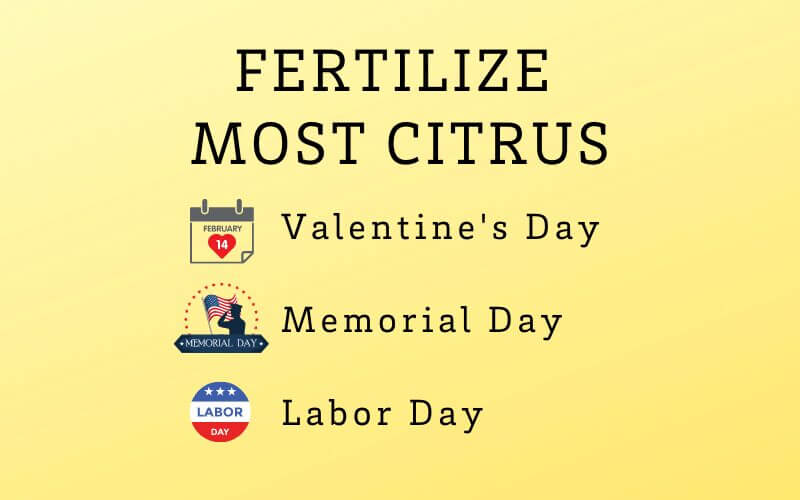
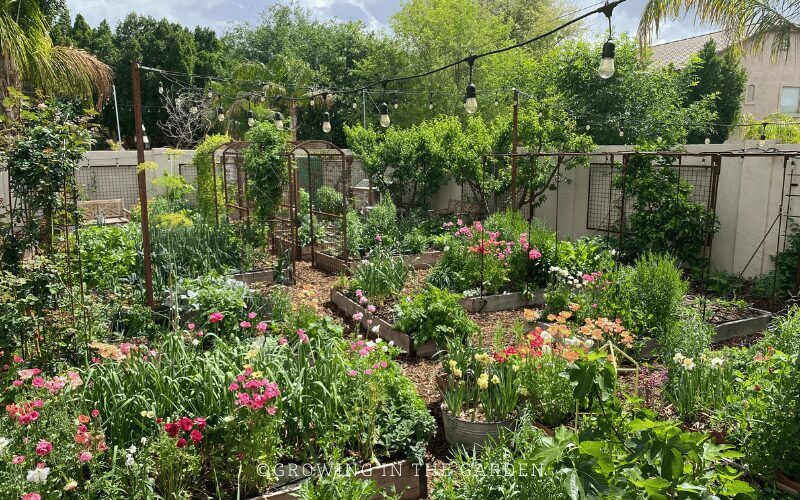
Yard to do and clean-up:
- Thin fruit on deciduous fruit trees. This article will help explain the process.
- Don’t let weeds go to seed! Pull, use a hula hoe, or blow torch to remove them. Please don’t spray weed killer.
- Remove spent winter-growing annuals. Stressed plants attract pests.
- Thin warm-season annuals to keep plants from overcrowding each other.
- Clean up and remove dead or damaged wood and crossing branches on citrus.
- Remove dead plants in yard. Look at the landscape and make note of how plants look and their performance. March is a good time to transplant and move plants within your yard to areas where they get more or less sun, depending on the needs of the plants.
- Apply a 2-3 inch layer of mulch around the base of shrubs and trees. Mulching reduces soil temperatures and adds organic matter to the soil.
- Allow annual herbs like dill, cilantro, and fennel to bolt for the pollinators. Save the seeds that develop.
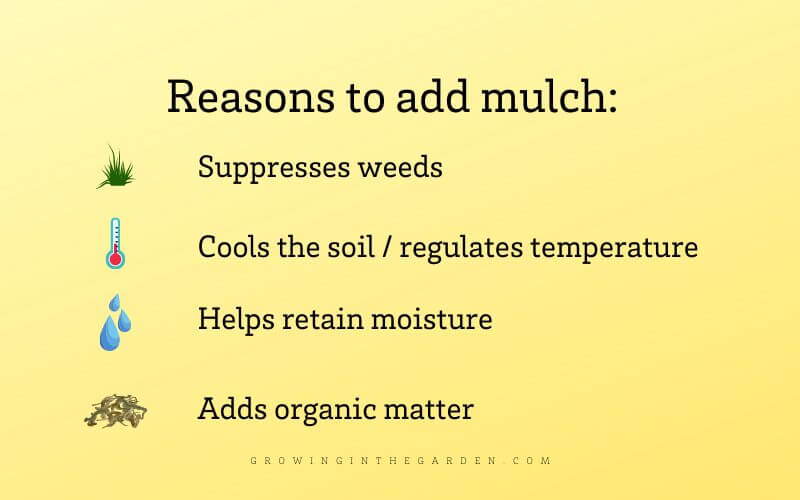

Before Planting:

- Prepare beds for spring planting – Add compost and other organic matter to the soil.
- It’s important to have your soil tested at least once a year. A soil test can determine the health of your soil. I use this test kit from Amazon.
- Add a balanced fertilizer if needed.
- Want more information about gardening in Arizona? This blog post shares 7 tips for how to grow a vegetable garden in Arizona.
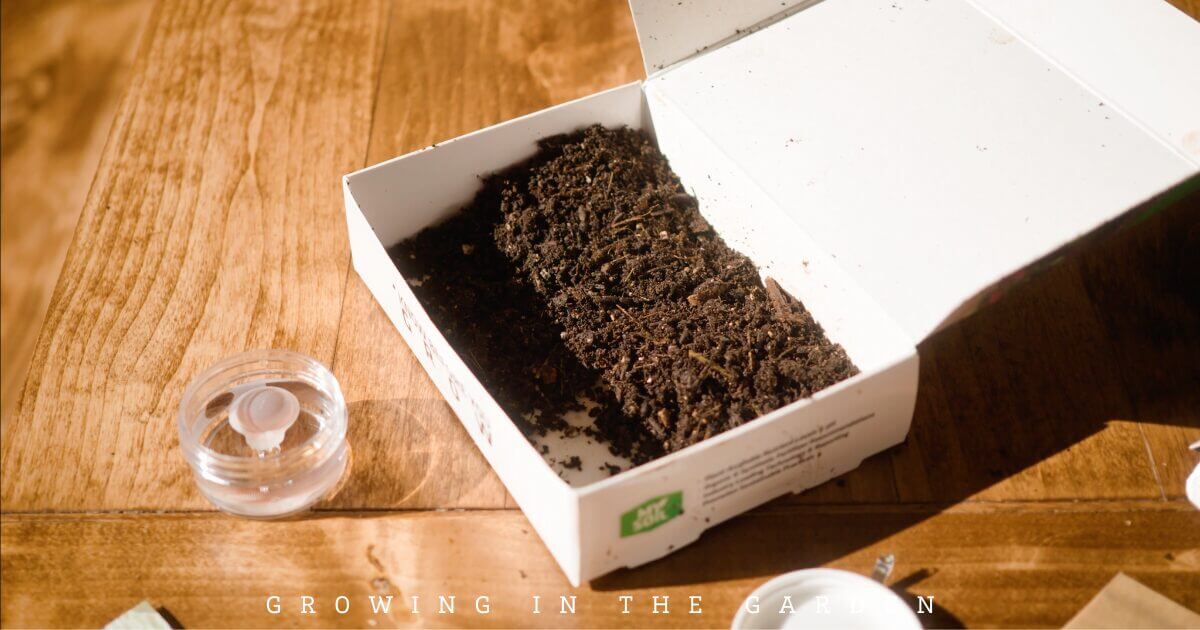
Vegetables, Herbs & Fruit to plant in the low desert in March
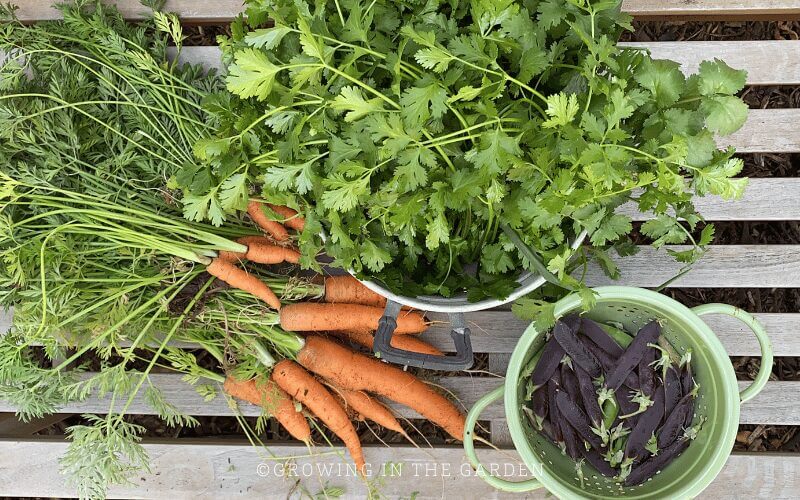
(Click the link to read “How to Grow” articles on my website.)
- Amaranth (S)
- Armenian Cucumber (ST)
- Basil (ST)
- Bean (Tepary) (S)
- Blackberry (T)
- Cantaloupe (ST)
- Carrot (S)
- Chamomile (T)
- Chives (ST)
- Corn (S)
- Cucamelon (T)
- Cucumber (ST)
- Eggplant (T)
- Garlic Chives (T)
- Ginger (rhizome)
- Grapes (T)
- Ground Cherry (T)
- Hyssop (ST)
- Jicama (ST)
- Lavender (T)
- Lemon Balm (T)
- Lemon Grass (T)
- Lemon Verbena (T)
- Luffa (ST)
- Malabar Spinach (ST)
- Marjoram (T)
- Mint (T)
- Onion (Green) (S)
- Oregano (T)
- Papalo (ST)
- Parsley (ST)
- Pepper (T)
- Pumpkin (ST)
- Radish (S)
- Rosemary (T)
- Sage (T)
- Sesame (ST)
- Sorghum (ST)
- Stevia (T)
- Summer Squash (ST)
- Sunflower (S)
- Sweet Potato (slip)
- Thyme (T)
- Tomatillo (T)
- Tomato (T)
- Turmeric (rhizome)
- Watermelon (S)
- Winter Squash (ST)
After March 15th
- Okra (ST)
- Peanut (S)
- Roselle Hibiscus (ST)
SEED, TRANSPLANT, OR BOTH? S = Seed T= Transplant
Vegetable, Herb, and Fruit Planting Guide for the Low Desert of Arizona

The ultimate resource for gardeners in arid regions with hot summers and mild winters—designed specifically for the low desert of Arizona.
It features information on how and when to start seeds indoors and when to transplant them outside for nearly 100 different fruits, vegetables, and herbs.
Vegetable, herb, and fruit seeds to start indoors during March

(Click the link for seed sources.)
- Luffa
- Malabar Spinach
- Okra
- Parsley
- Roselle Hibiscus
- Sweet Potato (start slips)


Perpetual Vegetable, Fruit & Herb Calendar shows you when to plant vegetables in the low desert of Arizona and whether to plant seeds or transplants. See it in my shop.
Flowers to plant in the low desert garden in March

(Click the link to read “How to Grow” articles on my website.)
- Alyssum (ST)
- Amaryllis (bulb)
- Angelonia (T)
- Bee Balm (ST)
- Canna (rhizome)
- Chamomile (T)
- Coleus (T)
- Coreopsis (ST)
- Cosmos (S)
- Creeping Zinnia (ST)
- Dahlia (tuber)
- Dusty Miller (T)
- English Daisy (T)
- Feverfew (T)
- Four O’Clock (S)
- Gaillardia (ST)
- Gazania (T)
- Geranium (T)
- Gomphrena (T)
- Hollyhock (ST)
- Lisianthus (T)
- Marigold (ST)
- Petunia (T)
- Portulaca / Moss Rose (ST)
- Purslane (ST)
- Rain Lily (bulb)
- Ranunculus (pre-sprout corms)
- Rudbeckia (ST)
- Safflower (S)
- Salvia (T)
- Spilanthes (T)
- Sunflower (S)
- Tithonia (S)
- Vinca (T)
- Wild Hyssop (ST)
- Yarrow (T)
- Zinnia (ST)
SEED, TRANSPLANT, OR BOTH? S = Seed T= Transplant
Flower seeds to start indoors in the low desert in March

(Click the link for seed sources.)

The Perpetual Annual Flower Planting Calendar, available in my shop, helps you learn when to plant flowers in the low desert of Arizona and whether to plant seeds or transplants.

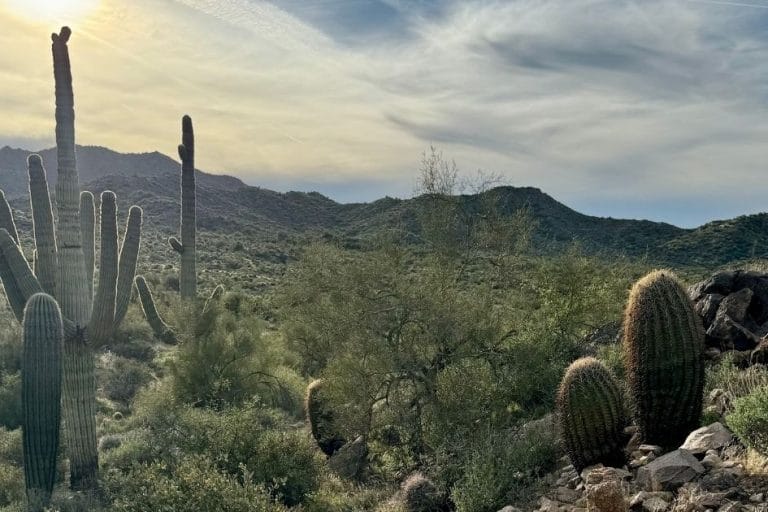
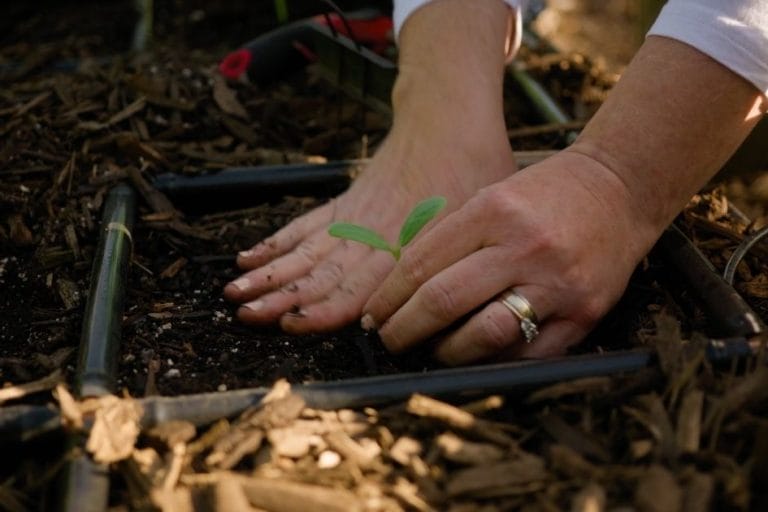


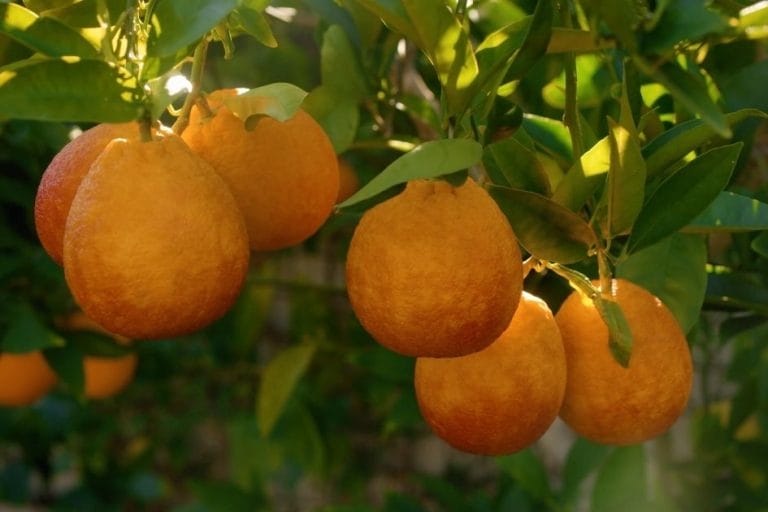
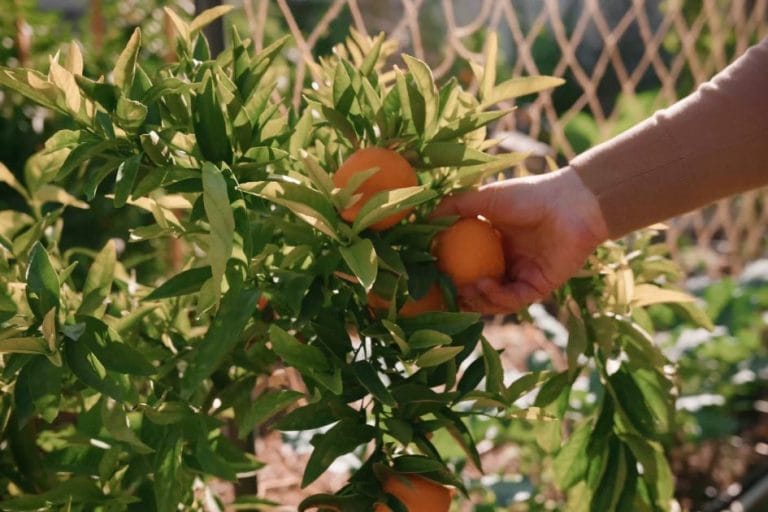
Your whole blog is stunning! Thank you for the excellent, accurate information and beautiful photos!
That is kind of you to say! Thank you so much, I’m glad it has been helpful.
Are artichokes planted from seed or transplants… Where do I find them..Thank you for your information..Your gardens are stunning..
Thank you. You can plant from either depending on the time of year. It’s generally easiest to grow them from transplant.